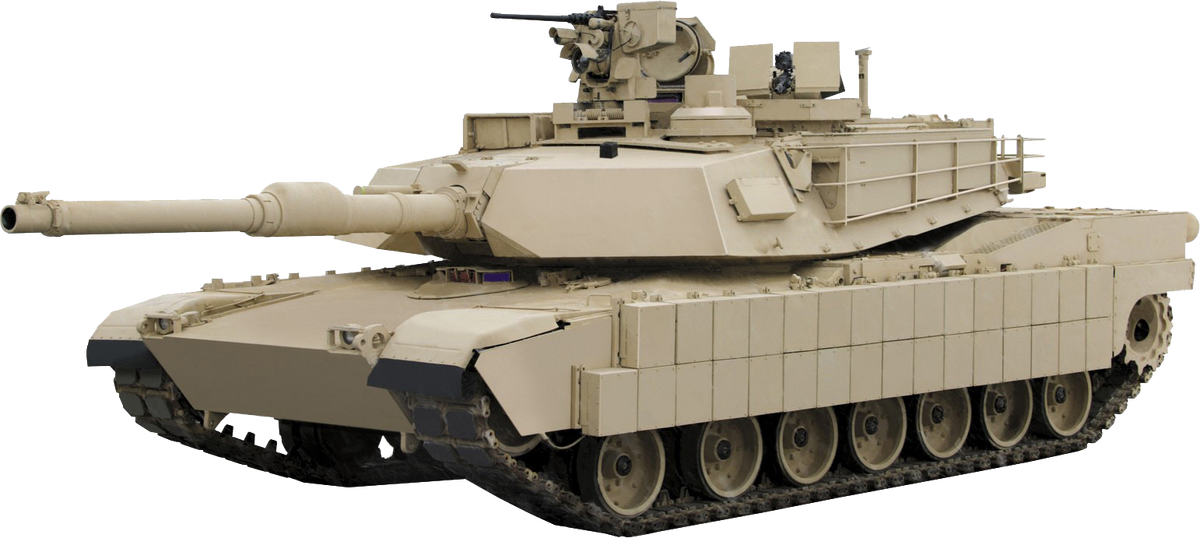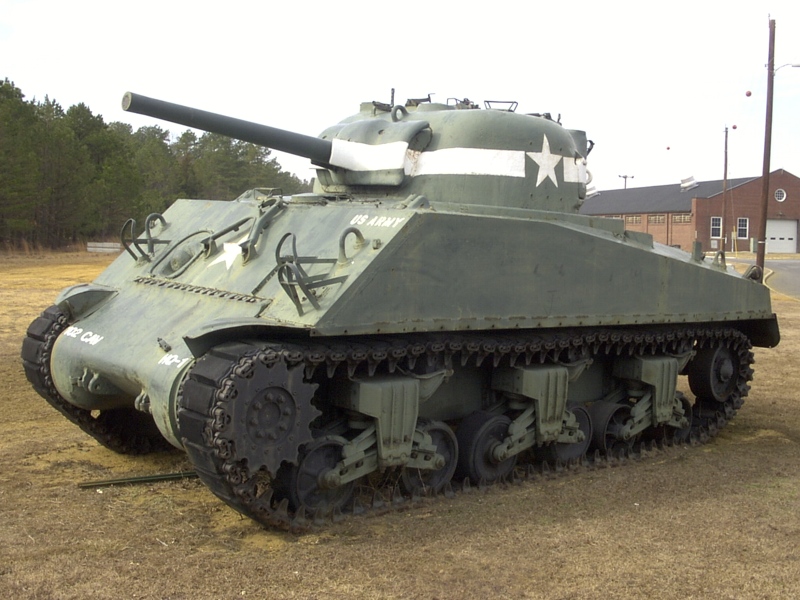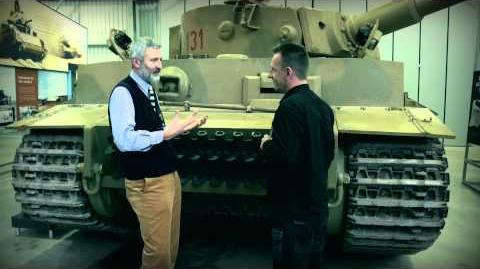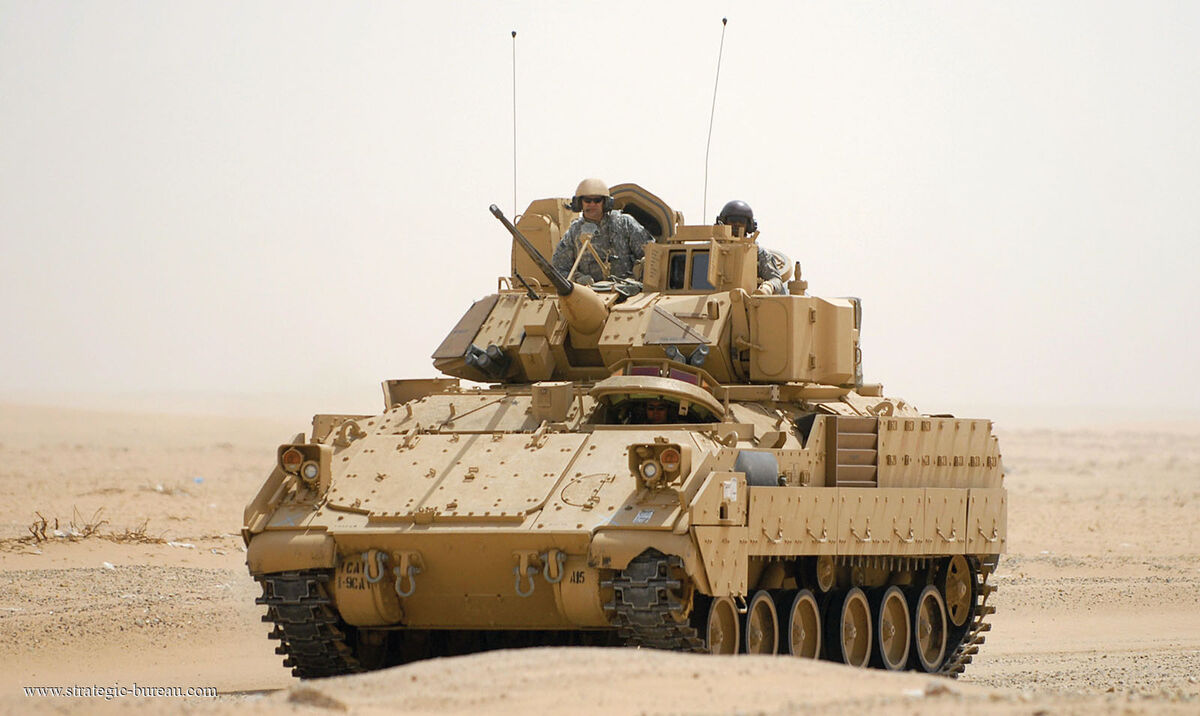- 21,100
- 30,032
Happy New Years Eve. Good to hear from you all.
I've been tackling whether to make this thread or not, since it changes so much about what we know with calcing durability, but I agreed that it's fine to calculate the durability of certain phenomenons, yet scaling to them is the issue.
We have a common issue in scaling to calced durability, specifically from explosions or other things that encompass the durability of an entire front side of the body, and people could scale to it for bruising their shoulder.
It's based on this diagram below.

Where a calculation will calculate all of the blue, then somebody will scale to all of the blue by damaging the red.
It's like scaling to the durability of every brick on a wall combined by cracking only 1 brick.
Realistically, most people on the site scale to others by damaging a small portion of their body. Something like the surface area of a fist would be 7.867 square inches (or 0.0050754737 m2), but people will scale to calculations that account for the entire front half of the body's dura (0.68 m2), a difference of 134 times.
When I brought it up to others, my solution of "only calculate the portion that's damaged by others" was considered calc-stacking. But it'd be more accurate than to scale someone to something for damaging a part of their body 100x smaller than a calculation. But then a "solution" to that was to just backscale, which makes no sense for scaling to less than a hundredth of a portion of the body that was damaged. Possibly using the surface area of a fist that I linked above works as well in my opinion, makes it a more realistic
At least with cutting attacks and such, the part of the body that's really wounded by a cut isn't that much smaller than what's wounded by blunt attacks. But this? This is absurd. It's like scaling to the dura of your whole leg cause someone cut your toe off.
I suggest to keep the calculations as they are, and to remove all methods of scaling that involve scaling somebody to a full body durability calculation unless a person was damaging their entire body. An example is something like this, which envelops the entire side of the body.
It shouldn't be noted on a character's profile if they survived an explosion or a meteor or something that encompassed their entire body. Only with the example above can it be used, but probably on the profile of the person who wounded them. Just like how we give tanks different durability ratings for just damaging a portion vs destroying the entire tank.
This can be noted on the durability page's calcing durability section. I recommend drafting it like this.
I've been tackling whether to make this thread or not, since it changes so much about what we know with calcing durability, but I agreed that it's fine to calculate the durability of certain phenomenons, yet scaling to them is the issue.
We have a common issue in scaling to calced durability, specifically from explosions or other things that encompass the durability of an entire front side of the body, and people could scale to it for bruising their shoulder.
It's based on this diagram below.

Where a calculation will calculate all of the blue, then somebody will scale to all of the blue by damaging the red.
It's like scaling to the durability of every brick on a wall combined by cracking only 1 brick.
Realistically, most people on the site scale to others by damaging a small portion of their body. Something like the surface area of a fist would be 7.867 square inches (or 0.0050754737 m2), but people will scale to calculations that account for the entire front half of the body's dura (0.68 m2), a difference of 134 times.
When I brought it up to others, my solution of "only calculate the portion that's damaged by others" was considered calc-stacking. But it'd be more accurate than to scale someone to something for damaging a part of their body 100x smaller than a calculation. But then a "solution" to that was to just backscale, which makes no sense for scaling to less than a hundredth of a portion of the body that was damaged. Possibly using the surface area of a fist that I linked above works as well in my opinion, makes it a more realistic
At least with cutting attacks and such, the part of the body that's really wounded by a cut isn't that much smaller than what's wounded by blunt attacks. But this? This is absurd. It's like scaling to the dura of your whole leg cause someone cut your toe off.
I suggest to keep the calculations as they are, and to remove all methods of scaling that involve scaling somebody to a full body durability calculation unless a person was damaging their entire body. An example is something like this, which envelops the entire side of the body.
It shouldn't be noted on a character's profile if they survived an explosion or a meteor or something that encompassed their entire body. Only with the example above can it be used, but probably on the profile of the person who wounded them. Just like how we give tanks different durability ratings for just damaging a portion vs destroying the entire tank.
This can be noted on the durability page's calcing durability section. I recommend drafting it like this.
However, because the energy required to harm a fist sized portion of the body is significantly less than the energy required to damage the entire front side of the body, a calculated value should not be placed on the character's page unless (in a rare scenario) it needs to note the value for the full destruction of their body. This is helpful for common vehicles or large that are completely destroyed. Characters can usually scale when they harm an entire side of the body, not just one small portion like a fist sized part of their chest.



